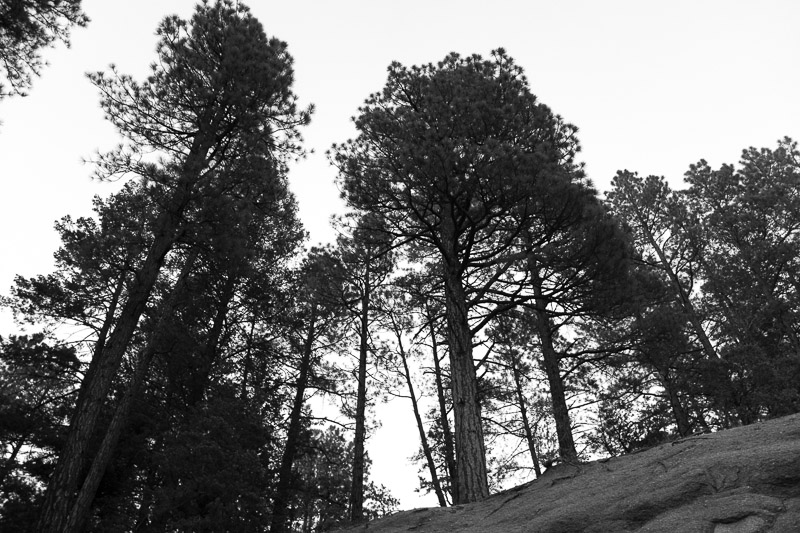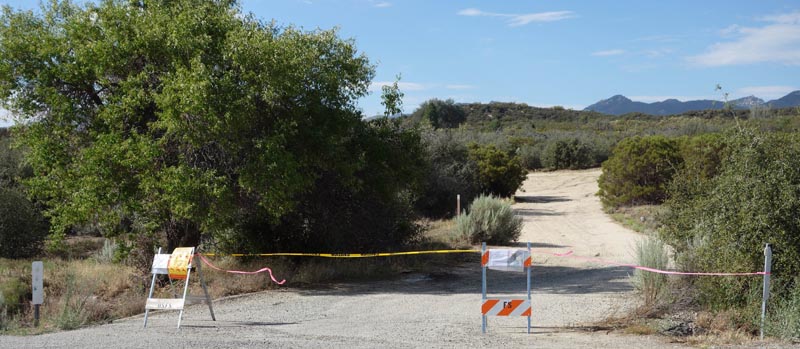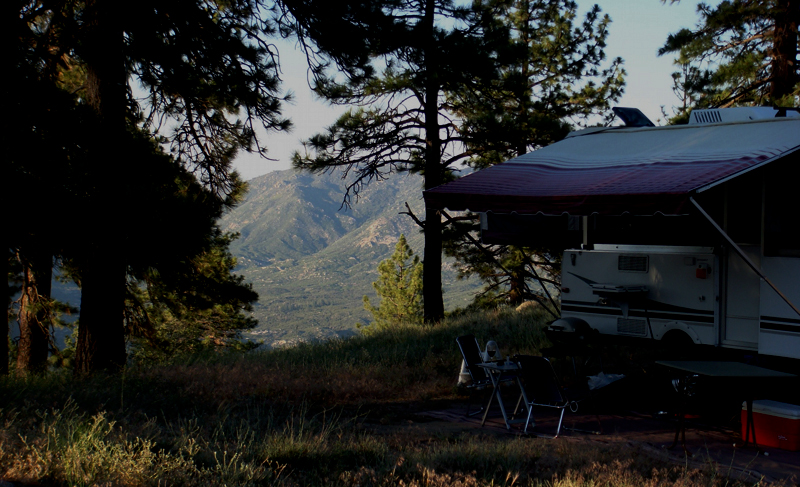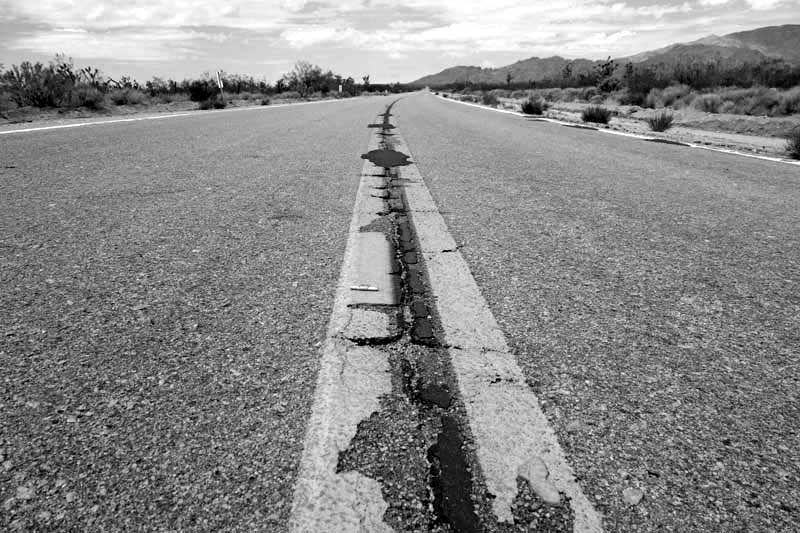The US is in the mist of the coldest weather in 20 years.
WHAT SHOULD BE DONE?
If you live in the northern half of the U.S. your backpacking/outdoor gear may not be adequate for the severe weather. If it is adequate, and if you want to go backpacking, the roads may not be navigable and you might be stuck at home.
If, like me, you live in the desert it maybe be different. This weekend the local deserts were forecasting highs in the 70’s and lows in the high 40’s. This would indicate that any logical and rational hiker would, like Crocodile Dundee, pack their gear, food & water and go for a walkabout.
And that is exactly what I did.





